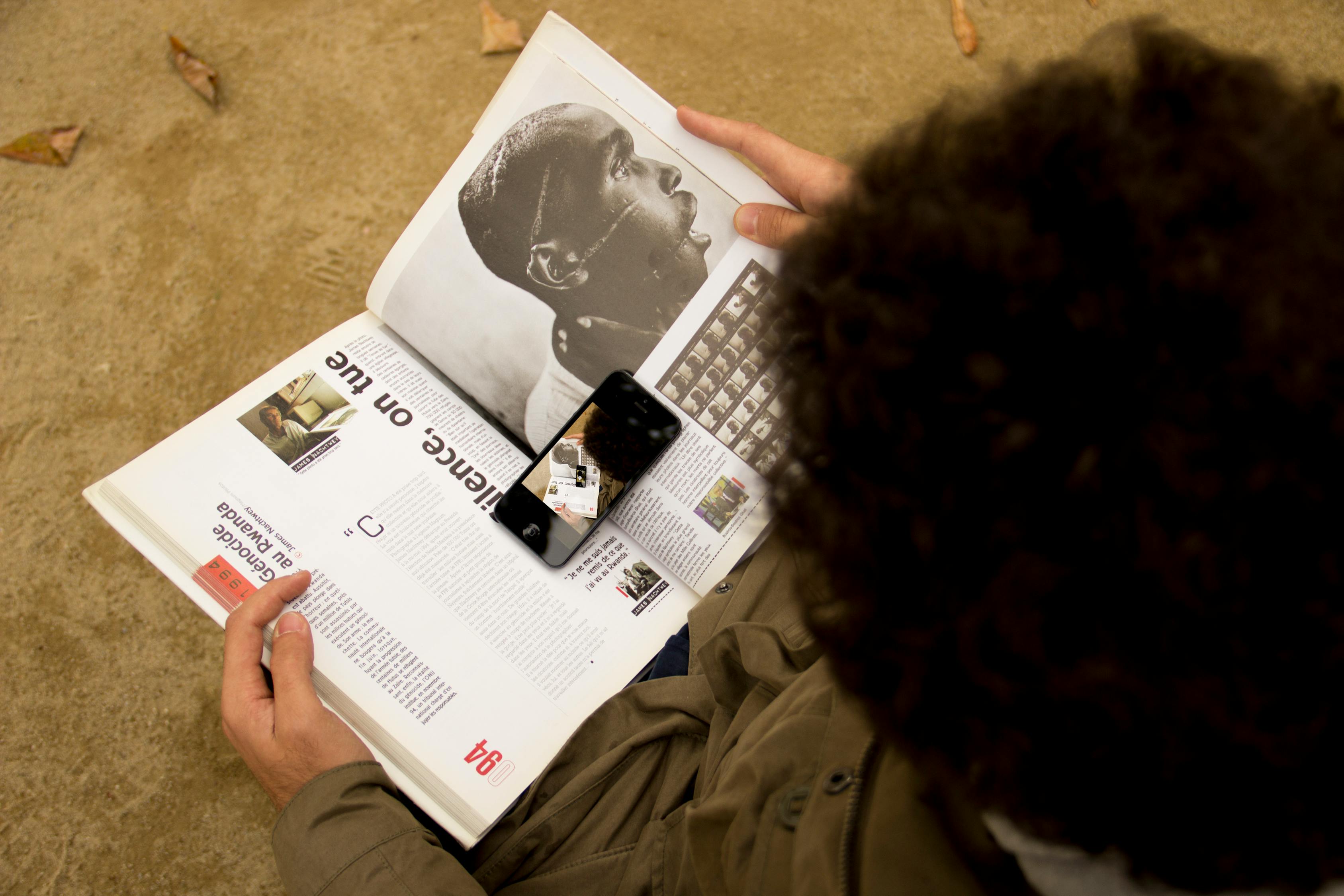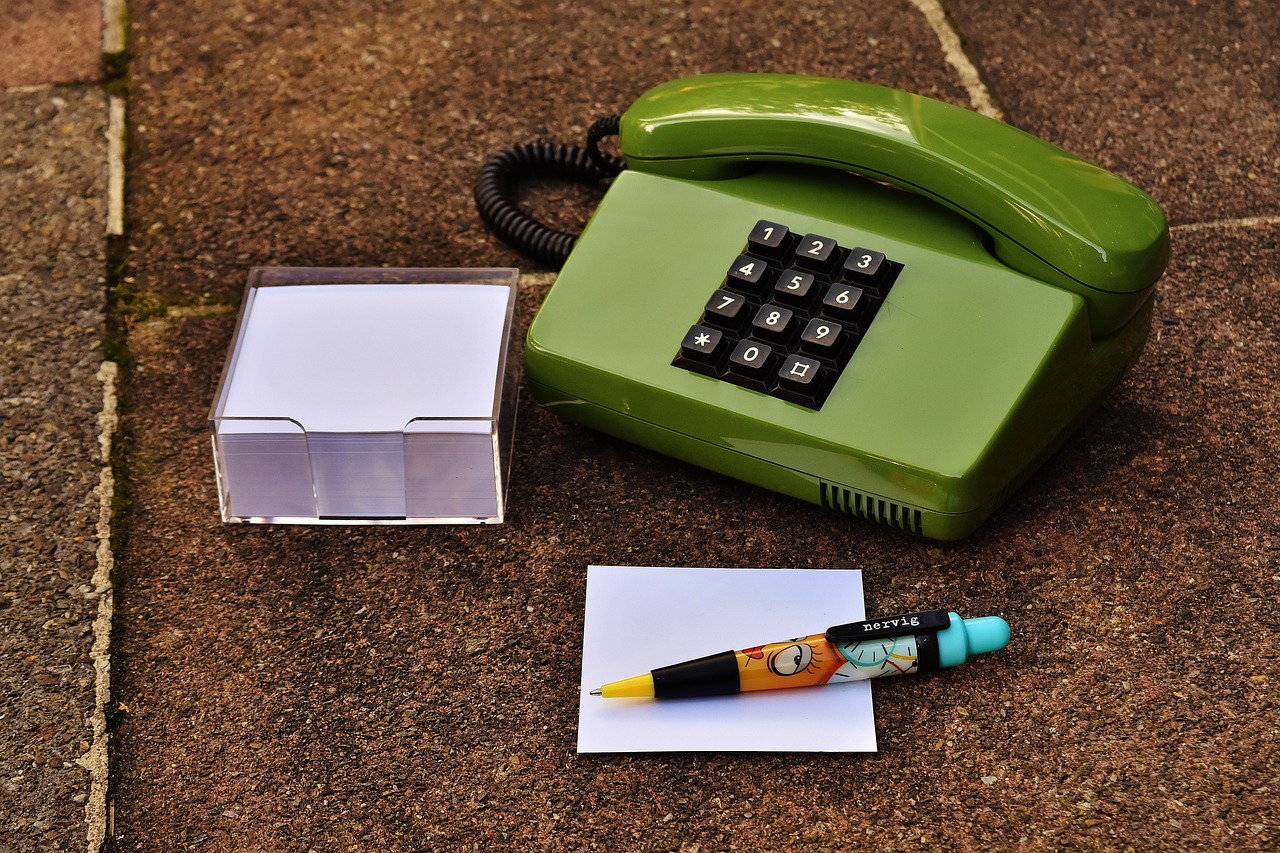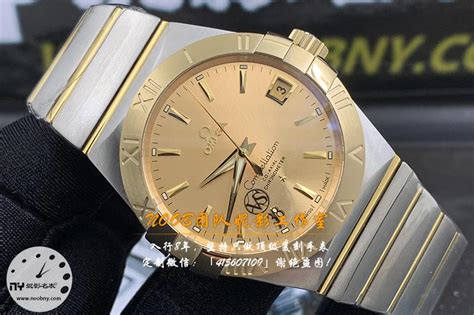手表制作方式英语怎么写
手表制作方式英语介绍
: An Introduction to Watch Manufacturing Techniques
正文:
Watch manufacturing involves a combination of precision engineering, skilled craftsmanship, and advanced technological processes. In this article, we will explore the various techniques used in watchmaking.
1. Movement Production:
The movement, also known as the "heart" of a watch, is responsible for keeping time. There are two main types of movements: mechanical and quartz.
a) Mechanical Movements:
Mechanical movements are often preferred by watch enthusiasts for their intricate design and craftsmanship. They consist of hundreds of tiny mechanical parts working together to power the watch. These movements require skilled watchmakers to assemble and adjust them meticulously.
b) Quartz Movements:
Quartz movements are more commonly used in massproduced watches due to their accuracy and affordability. They use an electronic oscillator regulated by a quartz crystal to keep time. The production of quartz watch movements involves a combination of automated processes and precise calibration.
2. Case Manufacturing:
The watch case not only protects the internal components but also contributes to the overall aesthetics of the timepiece. There are several methods used in case manufacturing:
a) Casting:
Casting is a traditional technique where molten metal is poured into a mold to create the desired shape of the watch case. This method allows for intricate designs and smoother finishes.
b) CNC Machining:
Computer Numerical Control (CNC) machines are used to precisely cut and shape the watch case from a solid block of material. This technique offers great precision and flexibility in design.
c) Stamping:
Stamping involves the use of a hydraulic press to cut out the watch case shape from a sheet of metal. This method is often used for mass production due to its efficiency.
3. Dial and Hands Production:
The dial of a watch displays the time and other complications, while the hands indicate the hour, minute, and sometimes second. The production of dials and hands involves the following processes:
a) Printing:
Printing techniques, such as pad printing or silkscreen printing, are used to transfer intricate designs, logos, and numerals onto the dial.
b) Laser Cutting:
Laser cutting is employed to precisely cut out the shapes of the hands from metal sheets. This method allows for intricate and unique hand designs.
4. Assembly and Quality Control:
Once all the individual components are manufactured, they are carefully assembled by skilled watchmakers. This process includes setting the movement into the case, attaching the hands and dial, and fitting the watch strap.

After assembly, each watch undergoes rigorous quality control tests to ensure its accuracy, water resistance, and overall performance. These tests may include timekeeping accuracy, functionality of complications (e.g. chronograph), and resistance to external factors.
In conclusion, the production of a watch involves a combination of traditional craftsmanship and modern manufacturing techniques. Whether it's the intricate movement, precisely crafted case, or meticulously designed dial, every aspect of watchmaking showcases the dedication to quality and precision.











